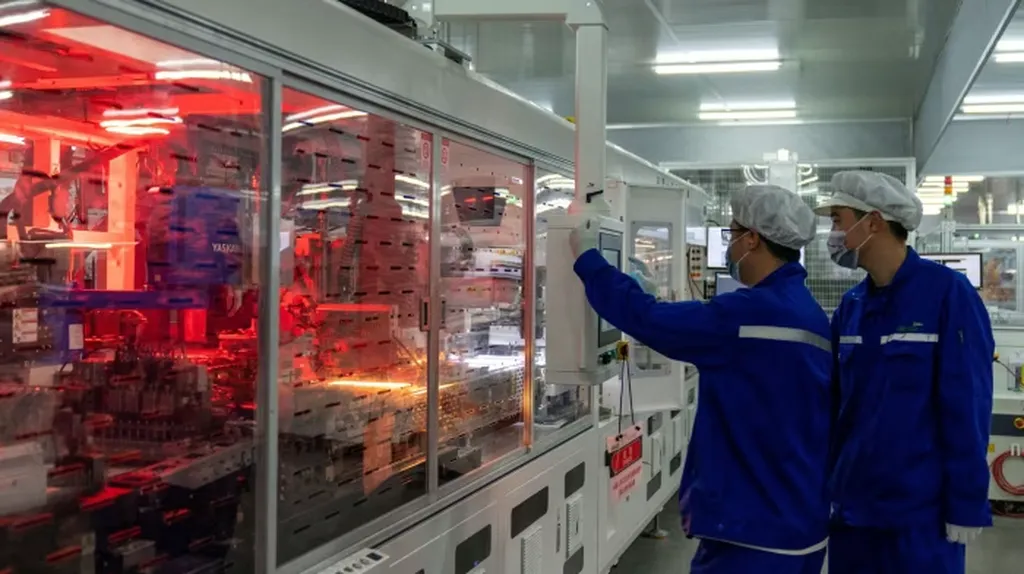In a world increasingly turning its wheels toward electric vehicles (EVs), the power grid faces an unprecedented challenge: how to handle the surge in demand without buckling under pressure. This is particularly true in regions where electricity demand already swings wildly with the seasons, like tourist hotspots. A recent study, published in the English translation of ‘Energy Conversion and Management: X’, sheds light on this very issue, offering insights that could shape the future of power systems and the energy sector at large.
Marko Starčević, a researcher from the Faculty of Mechanical Engineering and Naval Architecture at the University of Zagreb, led a team that developed a detailed model of a power grid in a region characterized by seasonal tourism. Using the General Algebraic Modeling System (GAMS), they simulated the integration of EV charging, renewable energy sources, and grid flexibility measures like demand response. The model, operating on a 15-minute resolution, captured dynamic changes in electricity demand and generation, particularly during peak tourist seasons.
The findings are striking. Road traffic electrification, the study shows, leads to notable shifts in electricity demand, primarily during periods of increased road traffic. “Weather conditions, such as wind and solar variability, also significantly influence energy supply,” Starčević notes. This interplay between EV charging, renewable energy, and weather patterns presents a complex puzzle for grid operators.
But it’s not all doom and gloom. The study explores the potential of stationary battery storage and demand response technologies to manage peak loads and enhance system stability. “These technologies can provide strategies to mitigate the impacts of EV charging on the grid,” Starčević explains. Moreover, the study assesses the costs associated with power network congestion, highlighting its impact on system performance during high-demand periods.
So, what does this mean for the energy sector? For one, it underscores the need for smart grid technologies that can dynamically respond to changes in demand and supply. It also highlights the importance of integrating renewable energy sources and storage technologies into the grid. Furthermore, it suggests that the commercial impacts of EV adoption on the power grid are significant and must be carefully managed.
As the world continues its shift toward electromobility, studies like this one will be crucial in guiding the development of power systems that can handle the increased demand. They will also be instrumental in shaping policies that promote the integration of renewable energy sources and storage technologies into the grid. In the words of Starčević, “This research provides a foundation for further studies on the impact of road traffic electrification on power systems, particularly in regions with significant seasonal fluctuations in electricity demand.”

